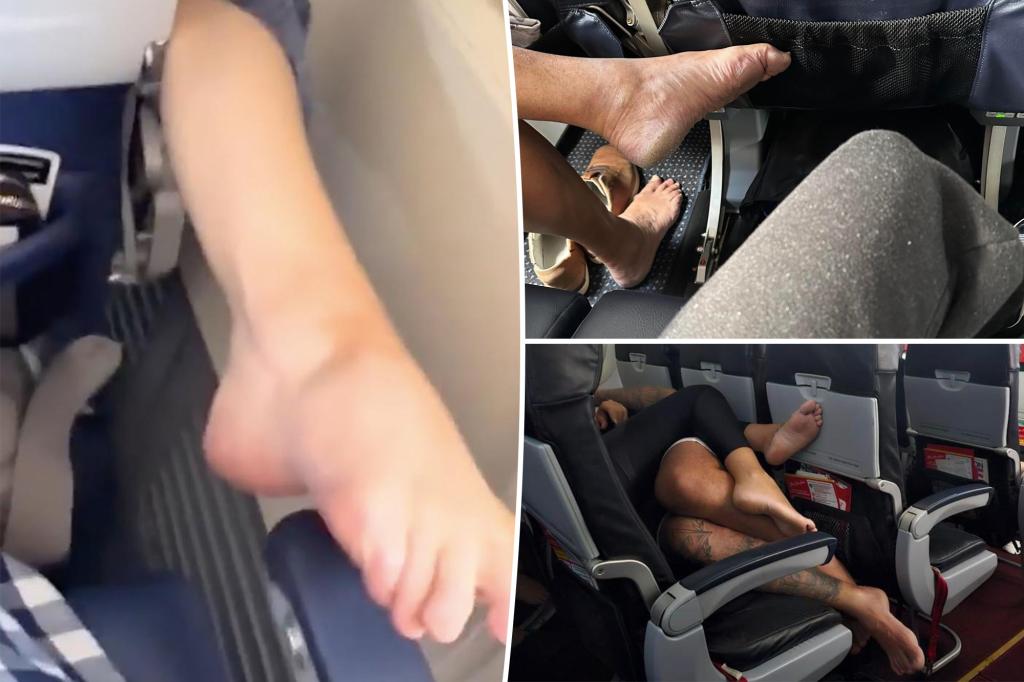Flying without socks is prohibited on certain airlines including American, United, Delta, Spirit, Southwest, and JetBlue. Passengers are expected to dress appropriately, and baring one’s feet is not allowed according to the airlines’ policies. Different airlines have varying age limits for this rule, with some only allowing barefoot passengers for medical reasons or children under a certain age. While some argue that the rule applies only during boarding, others believe passengers must keep their shoes on throughout the flight.
Some passengers have challenged the policy, claiming that it should be up to the flight attendants to decide if a barefoot flyer is acceptable. However, the policy appears to be strictly enforced on certain US carriers, even though international airlines do not have similar restrictions. Despite the ban on flying barefoot, many passengers still choose to do so, with incidents of passengers showing off their feet, sparking controversy among travelers.
Flying without socks not only violates airline policies but can also pose potential health hazards. Flight attendants warn that aircraft cabins are often dirty, with spills and messes being common occurrences. The lack of cleanliness on aircraft floors can make flying without socks unsanitary. Additionally, removing footwear inflight can be dangerous during emergencies, as cluttered aisles can impede movement or access in critical situations.
Flight attendants stress the importance of keeping shoes on during takeoff and landing, which are considered the most dangerous parts of a flight. If passengers must fly barefoot, they are advised to maintain cleanliness, avoid using the lavatory, and keep their feet to themselves. The decision to enforce the no-barefoot policy ultimately falls upon the airline staff, with some carriers being stricter than others in ensuring passengers adhere to these rules, despite the debate and controversy surrounding the issue.


